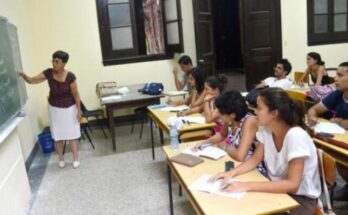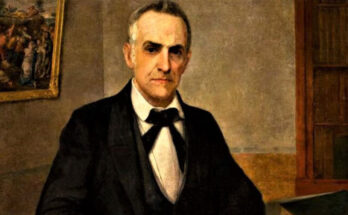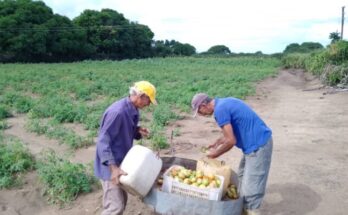On October 29, 1897, in La Yaya, Camagüey, a new Constitution was approved, the last one elaborated in the process of national liberation, considered the most complete Magna Carta of the Republic of Cuba in Arms that ratified the decision to fight until reaching absolute independence.
Before the assembly of La Yaya, a long road had been traveled in the juridical institutionalization of the Revolution, in incessant search for viable forms of organization with the unshakable faith in the definitive independence of Cuba.
Led by Domingo Méndez Capote, José Lacret Morlot, Aurelio Hevia Alcalde and Carlos Manuel de Céspedes y Quesada, the meeting was attended by 22 patriots representing the army corps of the Republic in Arms, who drafted a new constitutional text composed of 48 articles, including its dogmatic part.
During the assembly of La Yaya, the new Government Council of the Republic was constituted, presided by Bartolomé Masó Márquez, and General Máximo Gómez was ratified as the main chief of the Mambí army and Major General Calixto García Íñiguez as lieutenant general.
Like the Jimaguayú Constitution, the text approved in La Yaya established the conditions and procedures to be followed in the event of a peace agreement with Spain, always based on the total and absolute independence of Cuba, but a few months after the approval of the Magna Carta, the political panorama changed with the Yankee interference in the Cuban conflict and the republican ideals embodied in that legal document became a dead letter.





